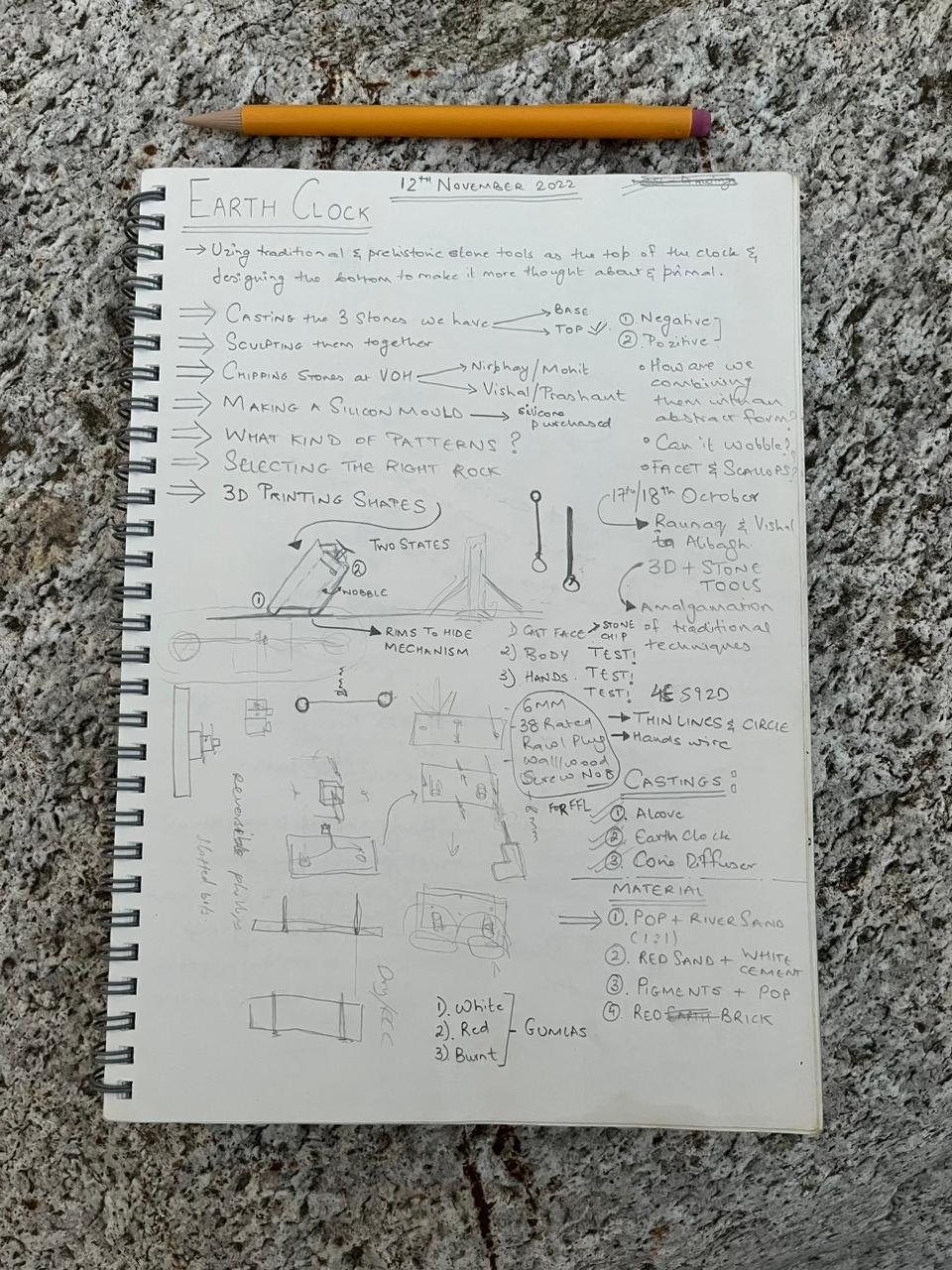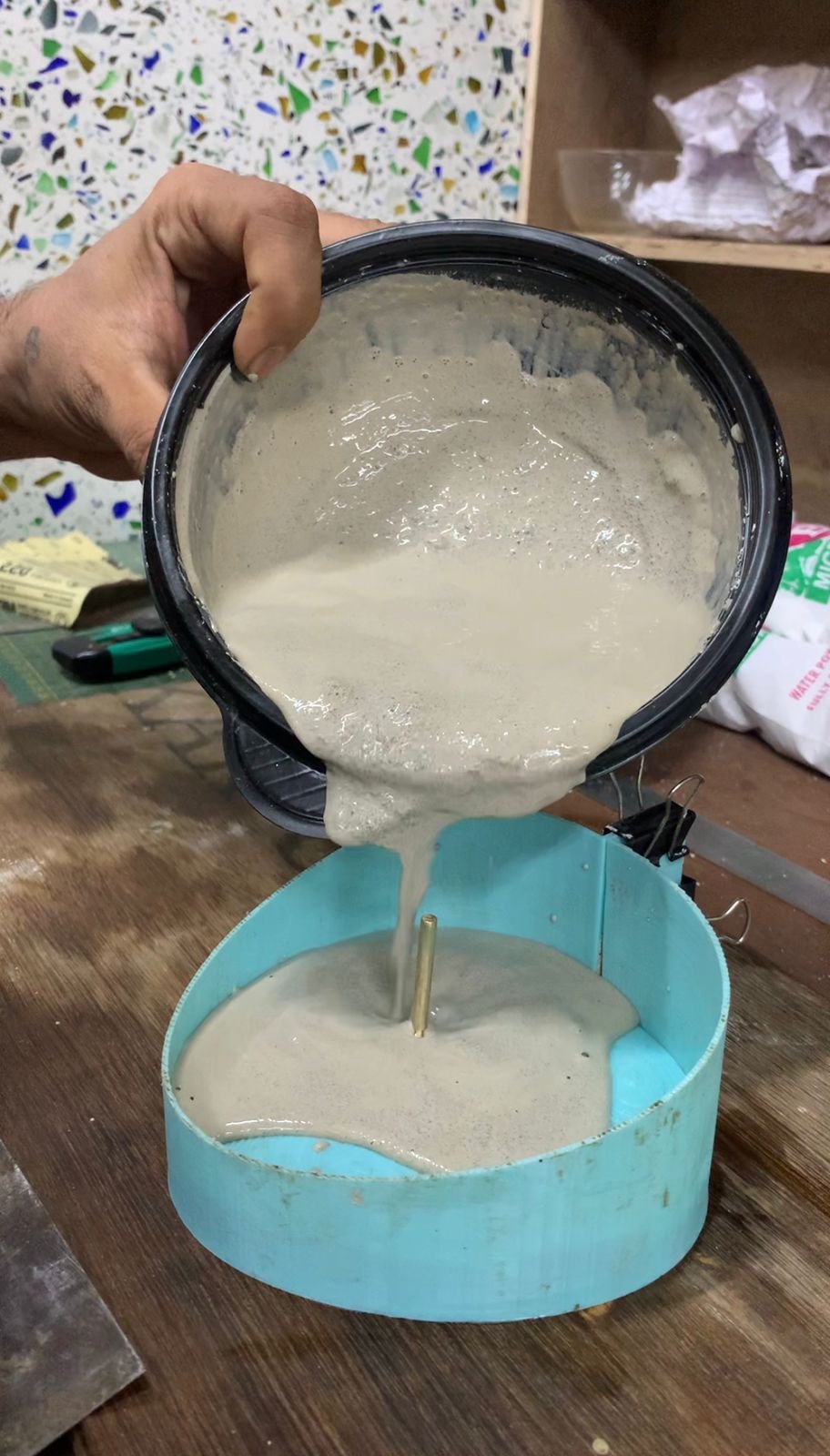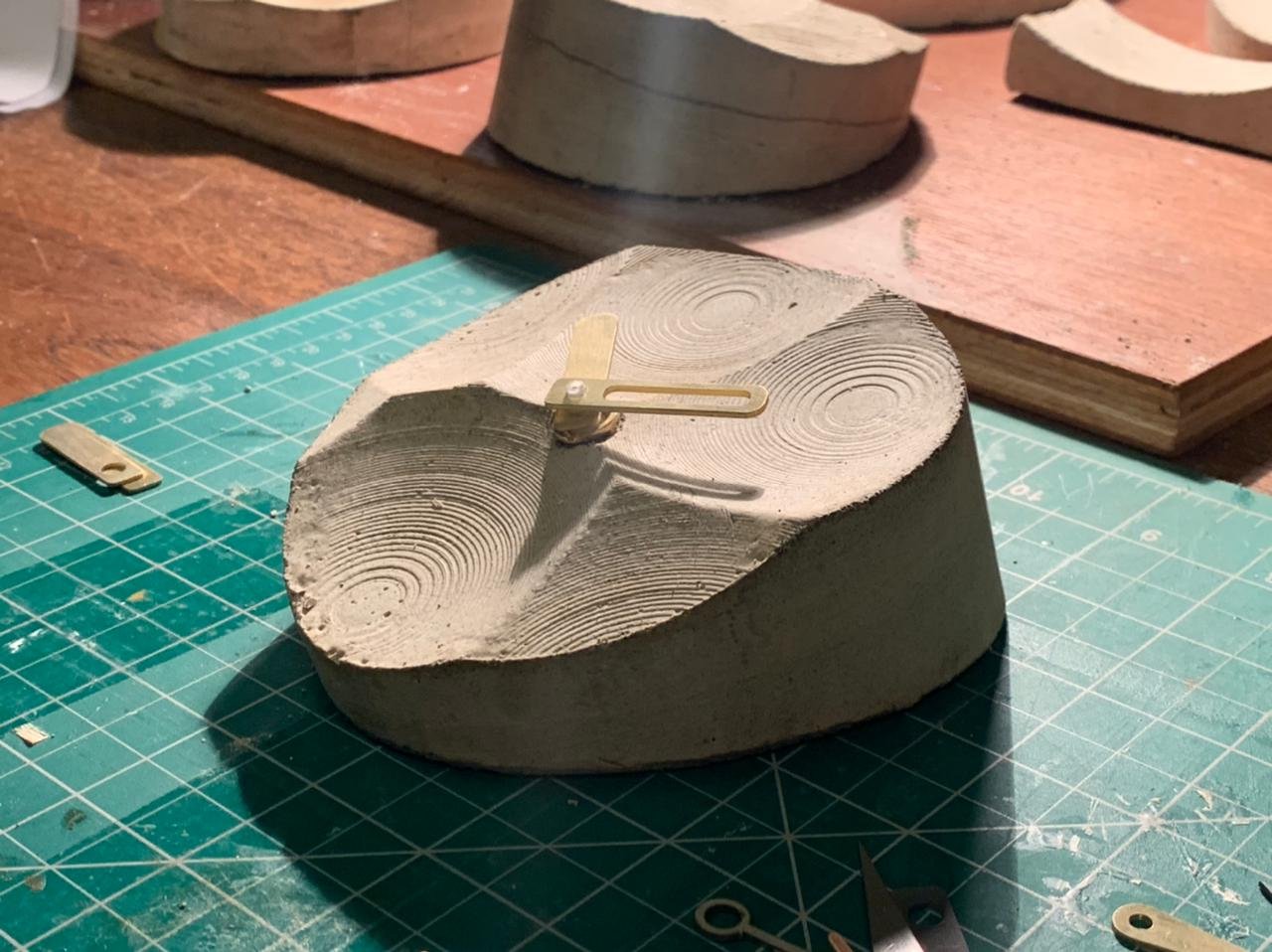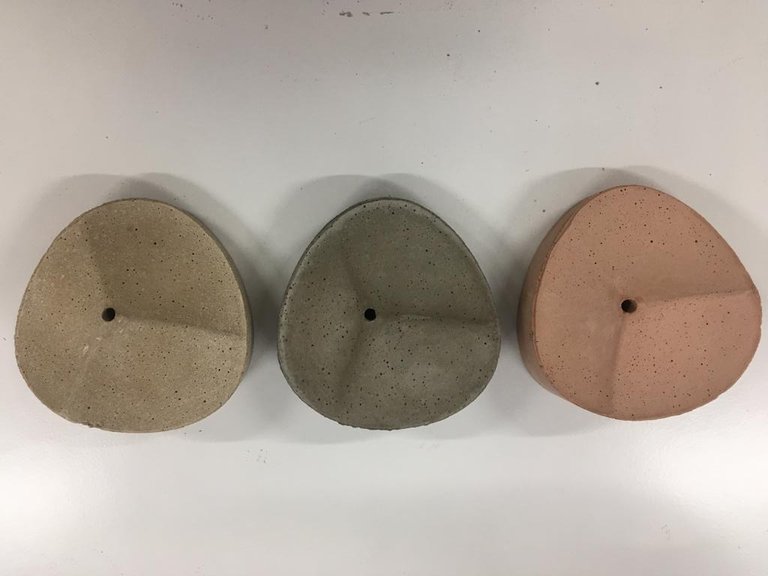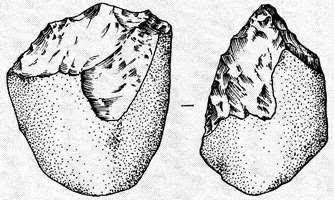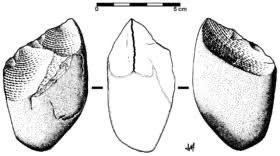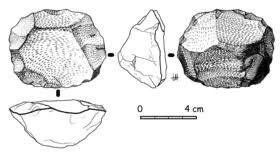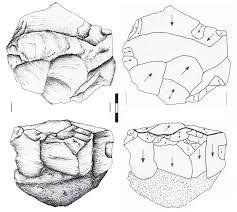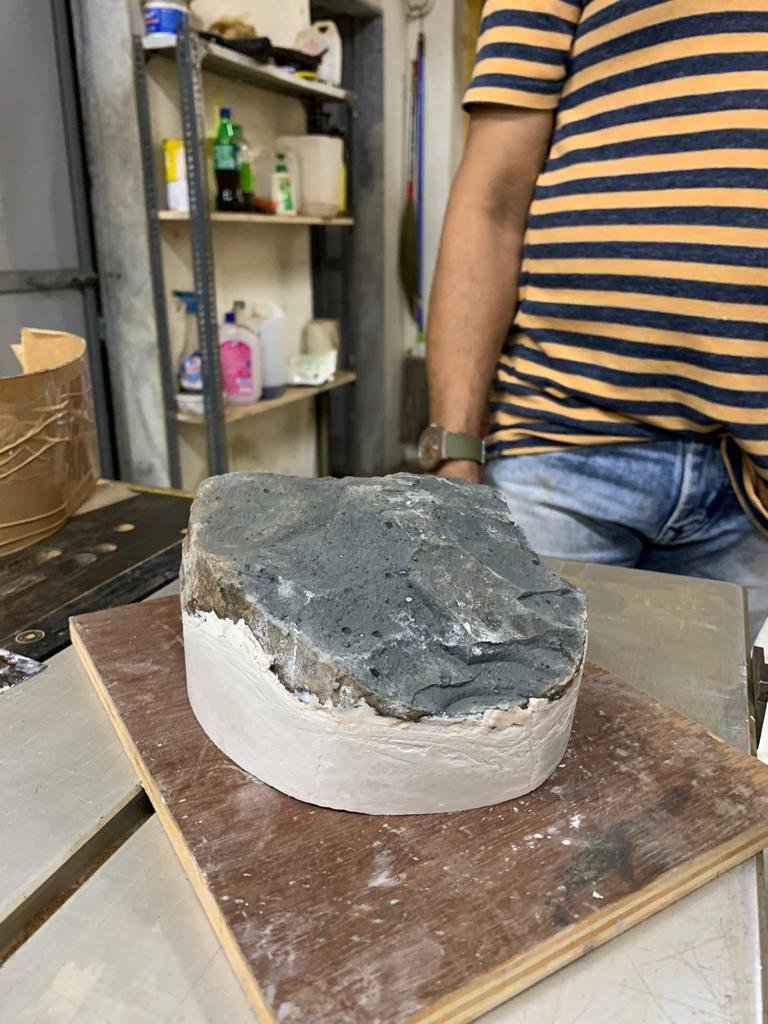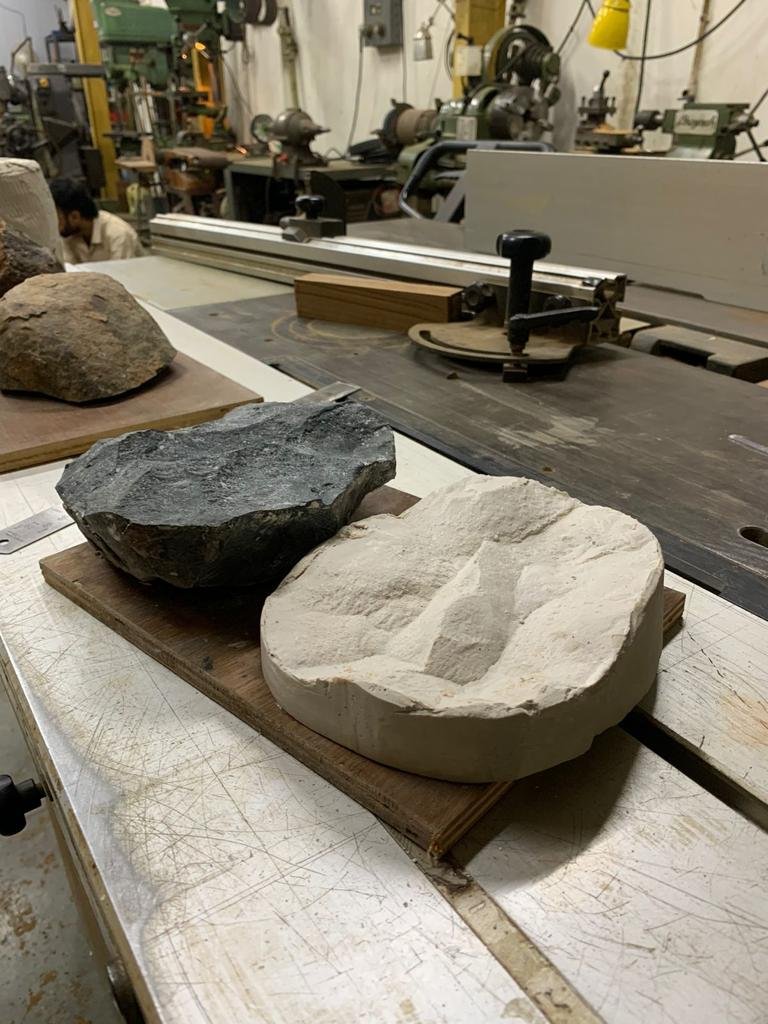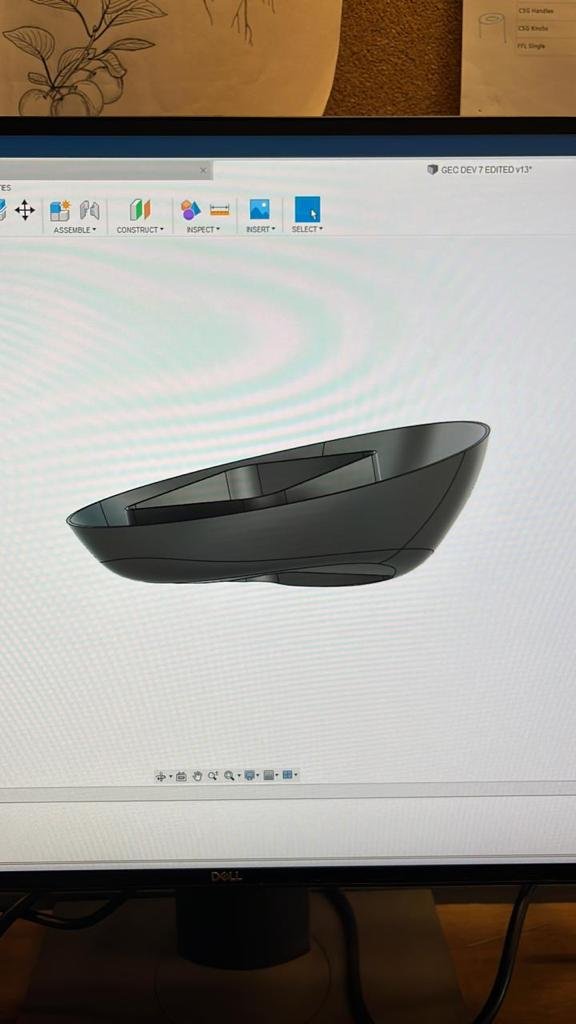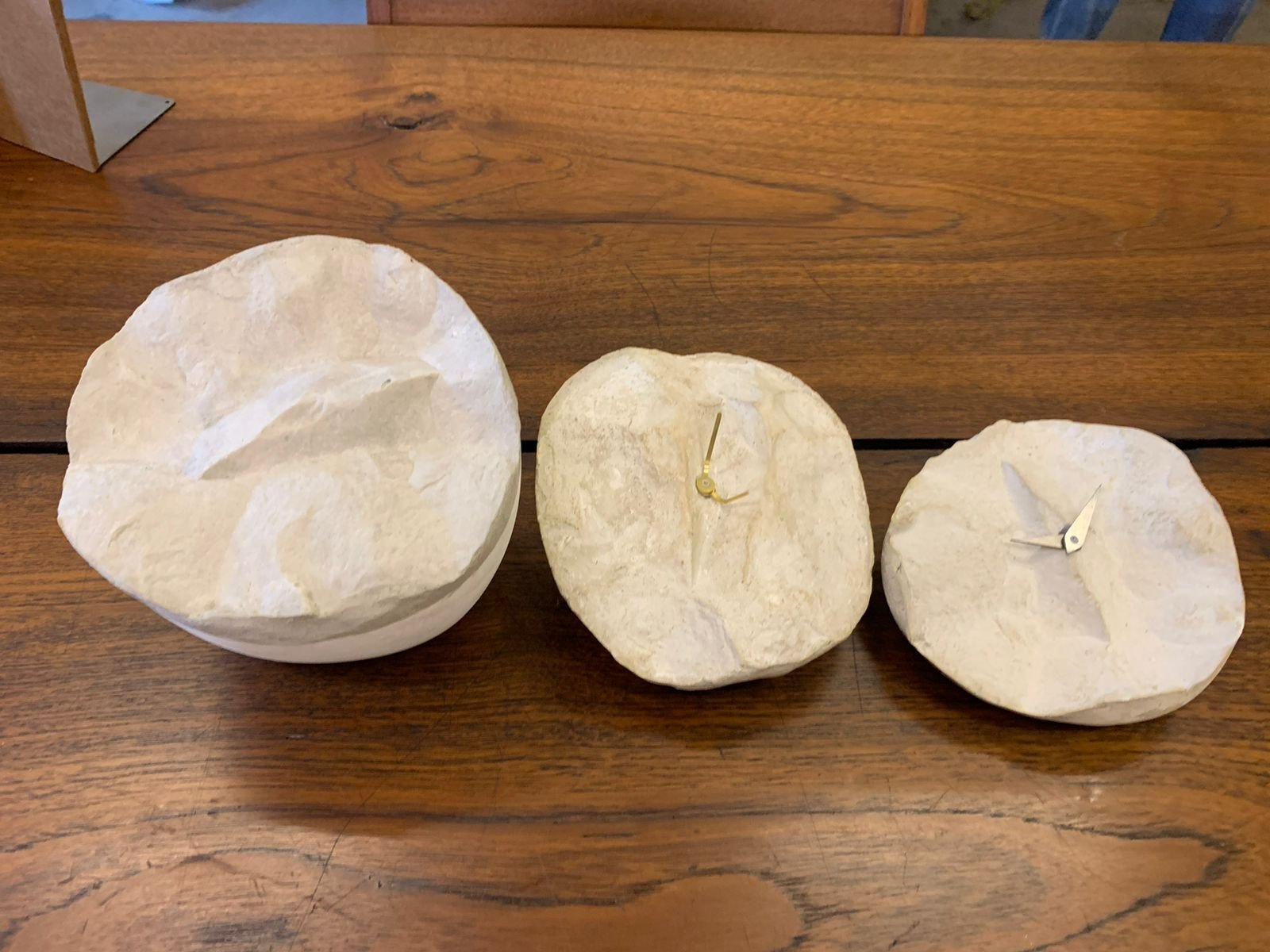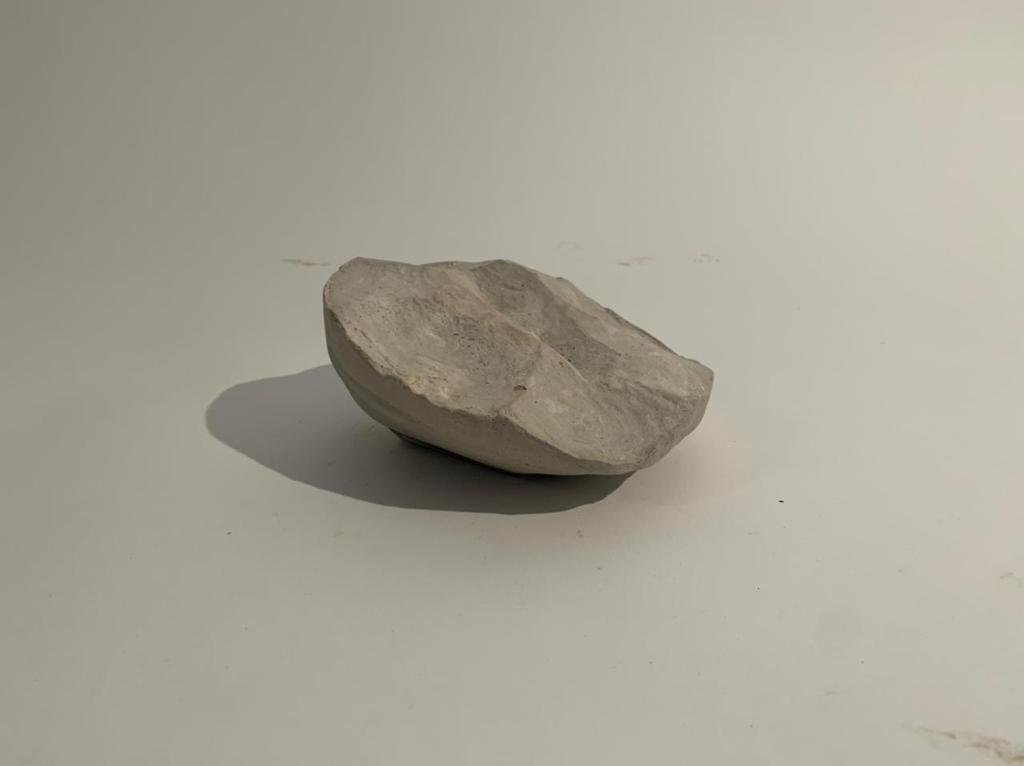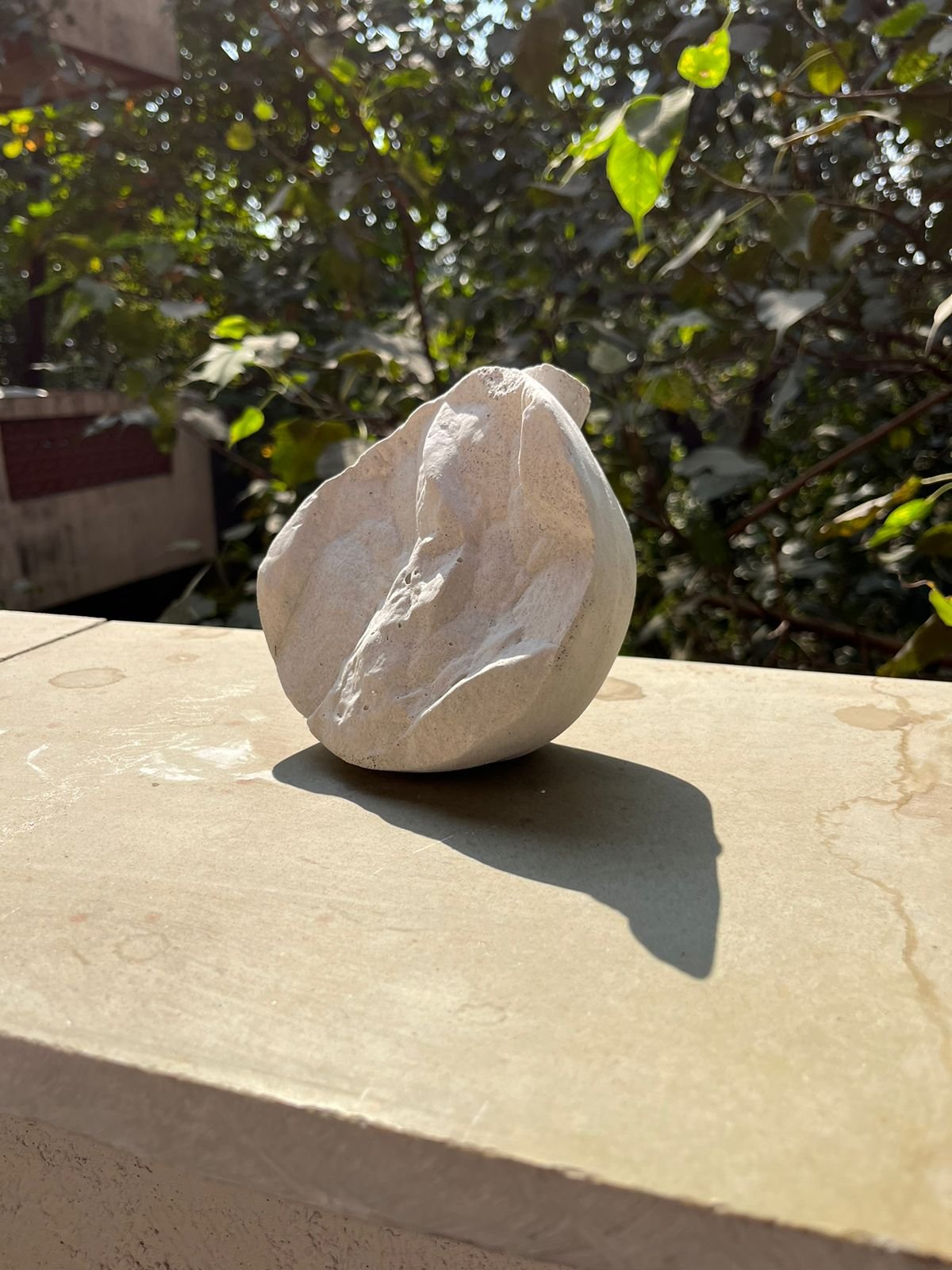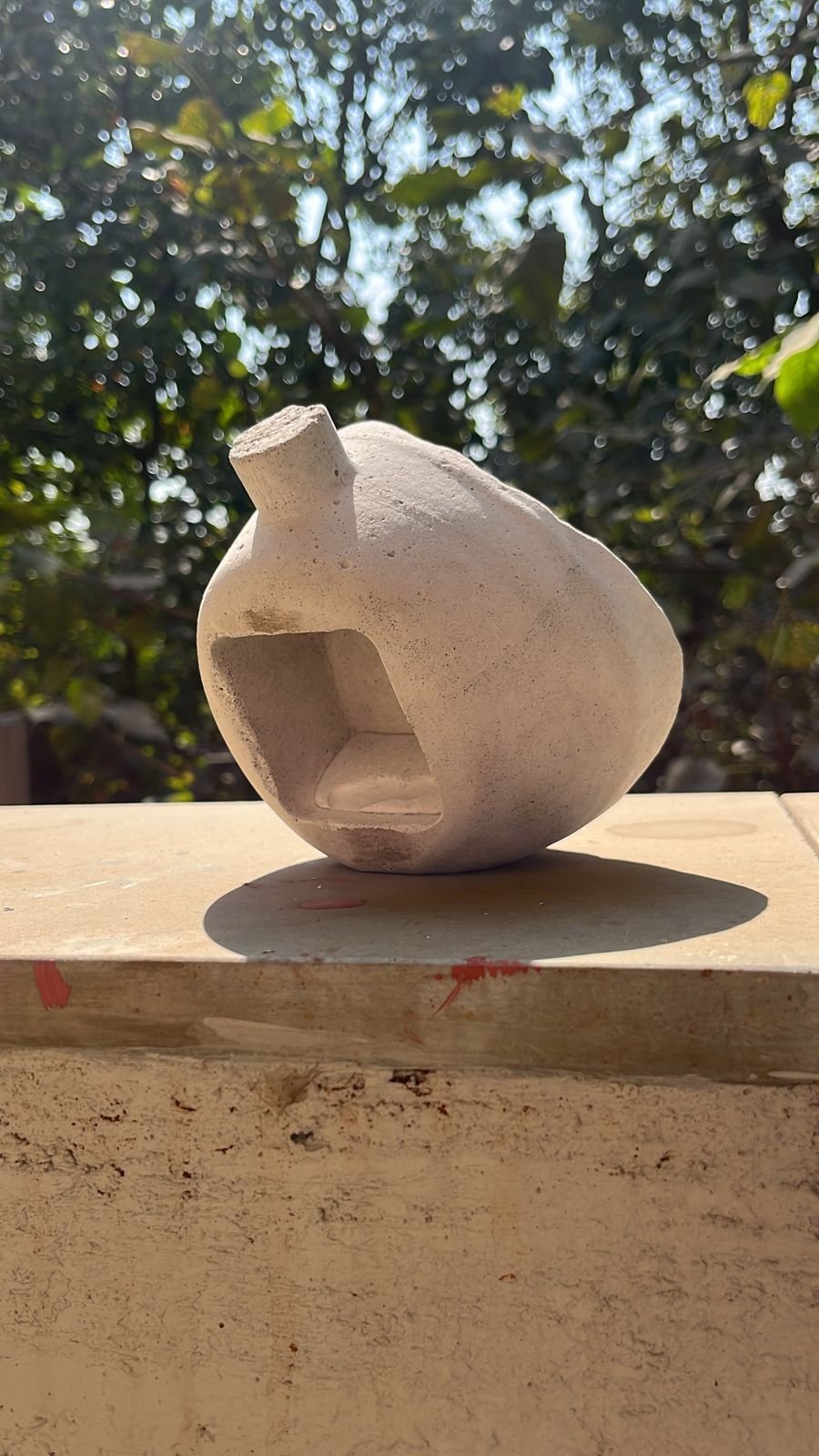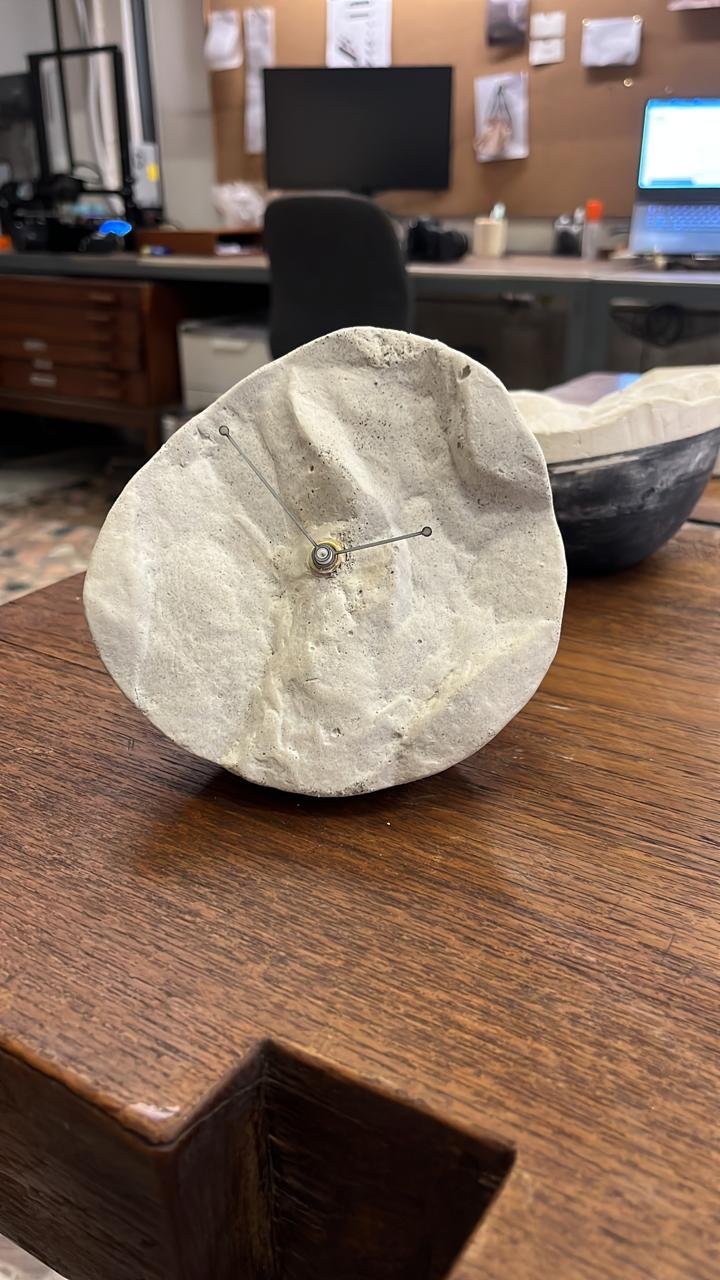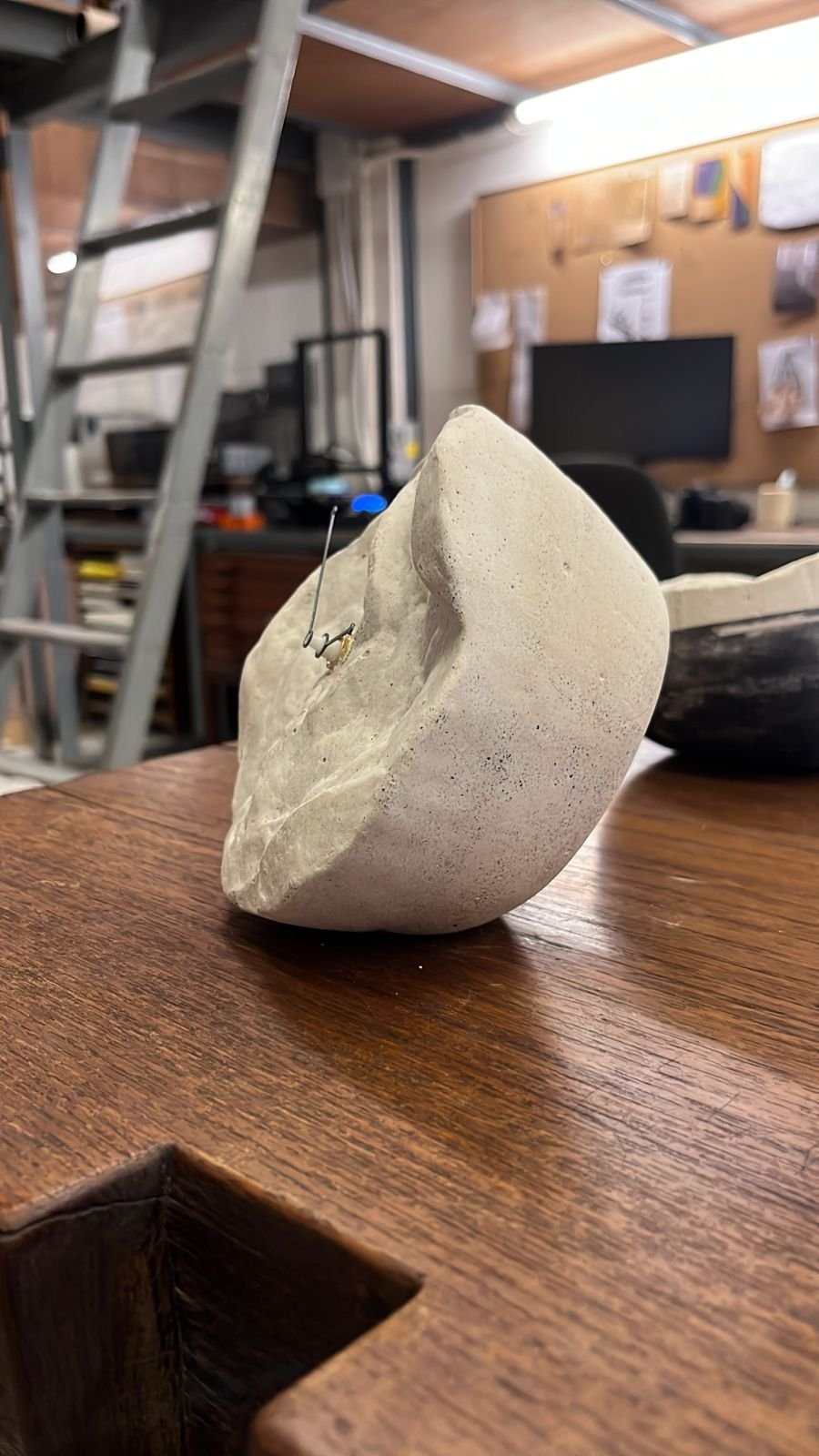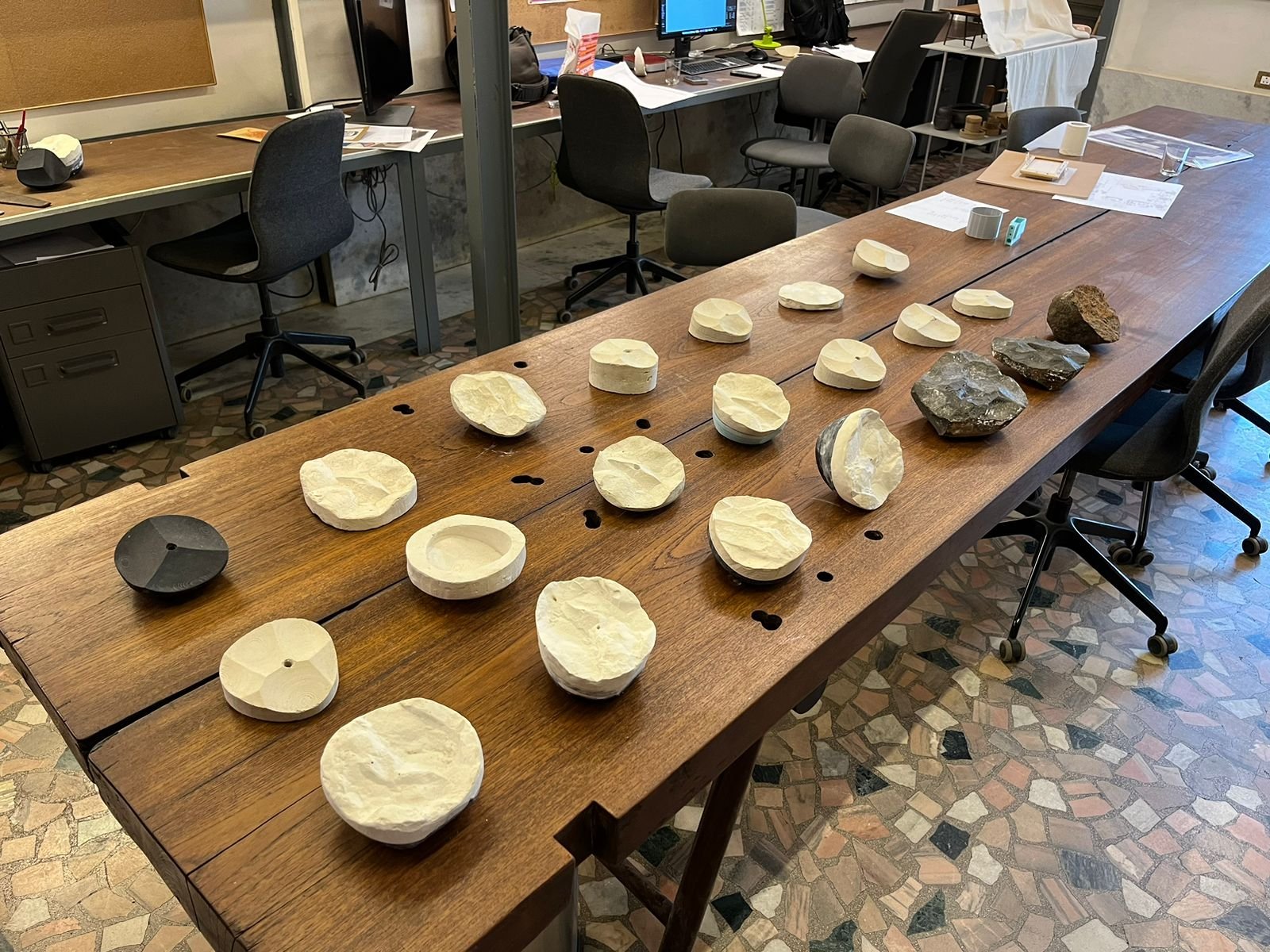Earth Clock
A clock inspired by the earth and from the earth.
Designed to be made using a mixture of local Indian soil and an admixture as a binder which is developed from earthen excavation material and construction waste.
Year: 2022
Concept and Design: Samuel Barclay, Saleem Bhatri, Vishal Mehta, Raunaq Sandhu, Kenneth Roddrigues, Prashant Gurav
Material: Oxara
Process: Casting
Finish: Natural
Dimensions: ⌀150mm
Product prototype in development by Casegoods
CONTEXT
The Earth Clock is made using Oxara, an admixture made using earthen excavation material and construction waste and soil that captures the spirit of the material with our design philosophy of making simple, long-lasting, and beautiful objects that tell a story. It is earthy, organic, and climate-conscious—a way forward in our approach to the life cycle of materials.
INITIAL SKETCHES
With the material in mind, I began sketching various forms that I felt best reflected Oxara, i.e. a material formed from excavation debris and soil for the construction of the next generation of buildings. We chose the clock direction from the top left corner of the first image because it represented the topology of planet Earth
FIRST PROTOTYPE
Prototypes made using a mixture of POP and Mumbai river sand (1:2 ratio) and 3D Printed Moulds.
Three prototypes made (bottom row-middle picture) using soil and the admixture.
Using 3D software a Voronoi Pattern was simulated and realised as the clock face which was then 3D printed.
NEW DIRECTION REFERENCES
We intended to use traditional and prehistoric stone tools and stone carving methods to indicate the amalgamation of old practices and new using a high-performance sustainable alternative to cement.
STONE CHIPPING
CASTING STONE FACES
MODELLING BASES
PROTOTYPE
SILICON MOULD
FINAL PROTOTYPE
Working on the Earth Clock was a great learning experience for me in combining traditional and modern design practices.
I loved the iterative process of design that we used that started from a simple sketch of what I imagined the Earth Clock to be and how together we used software to interpret the clock face and later navigated our way through the process of weathering of stone to finally following the direction of how traditional stone tools are made to make our watch faces. The earth clock project was a great amalgamation of traditional and modern techniques.
The clock's face is supposed to mimic the topography of the earth—the waves of the sea, undulating terrains, sand dunes in deserts, or even mountain ridges, but it is also open to interpretation.
All photos © Case Design and Casegoods






